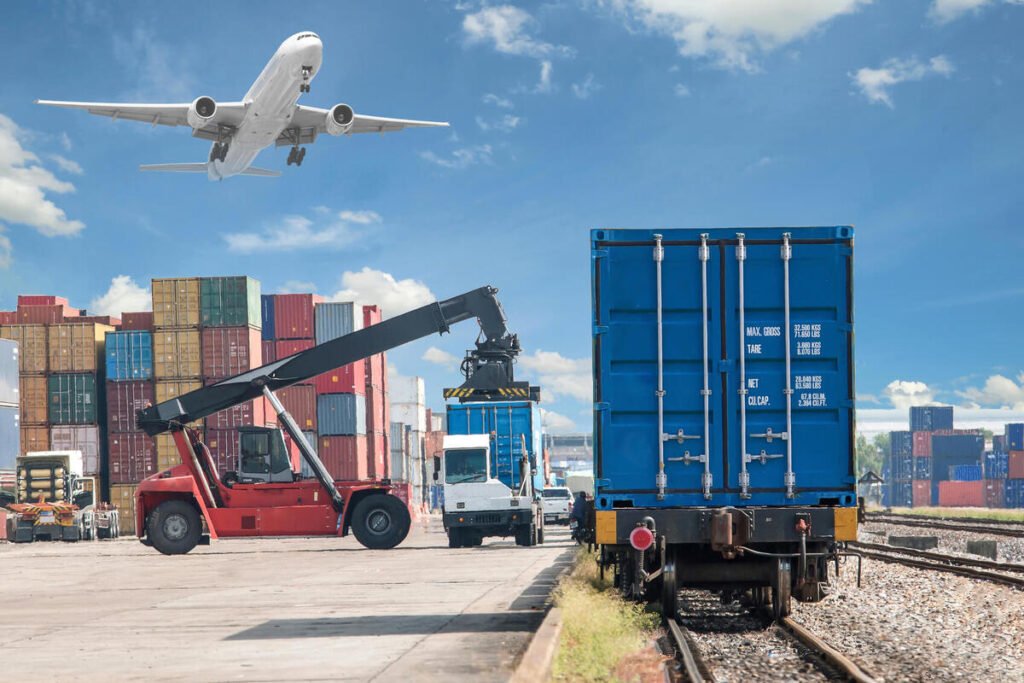
Navigating Brexit: How Changes in Trade Agreements Affect International Transportation Networks
Brexit, the United Kingdom’s decision to leave the European Union, has ushered in a new era of trade dynamics that has had profound impacts on international transportation networks. As the UK transitions away from EU regulations and trade agreements, businesses, logistics companies, and governments must navigate the complexities of the new landscape. This article explores how changes in trade agreements post-Brexit are affecting international transportation networks, highlighting key challenges and opportunities.
The Pre-Brexit Transportation Landscape
Before Brexit, the UK was part of the EU’s single market and customs union, which facilitated seamless trade and transportation across member states. Goods could move freely without customs checks or tariffs, supported by harmonized regulations and standards. The EU’s integrated transportation network enabled efficient logistics, with streamlined processes and reduced administrative burdens.
The Post-Brexit Trade Environment
Brexit brought significant changes to this environment. The UK and EU negotiated the Trade and Cooperation Agreement (TCA), which came into effect on January 1, 2021. While the TCA avoids tariffs and quotas on goods, it introduces new customs checks, regulatory barriers, and administrative requirements. These changes have ripple effects on transportation networks, requiring businesses and logistics providers to adapt.
Customs Checks and Border Delays
One of the most immediate impacts of Brexit on transportation is the introduction of customs checks. Goods moving between the UK and EU now require customs declarations, leading to increased paperwork and potential delays at borders. These checks can cause significant bottlenecks, particularly at major ports like Dover and Calais.
Border delays disrupt just-in-time supply chains, where goods are timed to arrive precisely when needed. Delays can result in increased inventory costs and logistical challenges, especially for perishable goods and industries reliant on rapid delivery.
Regulatory Divergence and Standards
Brexit has also led to regulatory divergence between the UK and EU. While both parties aim to maintain high standards, differences in regulations can create challenges for transportation networks. For example, vehicle standards, safety regulations, and environmental requirements may begin to diverge, complicating cross-border logistics.
Transportation companies must ensure compliance with both UK and EU regulations, potentially leading to increased costs for certification and adjustments to meet different standards. This can impact the efficiency of transportation networks, as businesses navigate dual regulatory environments.
Impact on Supply Chains
The changes in trade agreements have profound implications for supply chains. Many businesses have had to reevaluate their supply chains to mitigate the risks associated with customs delays and regulatory divergence. Some companies have opted to stockpile goods or relocate distribution centers to avoid border disruptions.
Moreover, supply chain flexibility has become crucial. Companies are exploring alternative routes and transportation modes to ensure continuity. For instance, there has been a rise in the use of direct shipping routes between Ireland and continental Europe, bypassing the UK to avoid potential delays.
Opportunities in New Trade Agreements
While Brexit poses challenges, it also presents opportunities. The UK is now free to negotiate its own trade agreements with countries outside the EU. These new agreements can open up markets and create new transportation routes. For instance, the UK has secured trade deals with countries like Japan, Canada, and Australia, which could lead to increased trade volumes and new logistical demands.
Transportation networks will need to adapt to these new trade flows. This may involve investing in infrastructure, such as expanding port capacities and enhancing logistics hubs, to accommodate increased trade with non-EU countries.
Adapting to New Realities
To navigate the post-Brexit landscape, businesses and logistics providers are adopting several strategies:
1. Technology and Digitalization
Leveraging technology is essential to streamline customs processes and improve efficiency. Digital platforms for customs declarations, real-time tracking, and automated compliance checks can reduce delays and administrative burdens. Investing in digitalization enhances visibility and control over transportation networks, enabling quicker adaptation to changes.
2. Diversification of Supply Chains
Diversifying supply chains to include multiple suppliers and routes can mitigate the risks associated with border delays and regulatory changes. Businesses are exploring nearshoring and reshoring options to reduce dependency on cross-border transportation. By having multiple suppliers in different locations, companies can better manage disruptions.
3. Collaboration and Partnerships
Collaboration among stakeholders is crucial to navigate the complexities of the new trade environment. Businesses, logistics providers, and government agencies must work together to address challenges and streamline processes. Public-private partnerships can facilitate infrastructure development and regulatory alignment, enhancing the efficiency of transportation networks.
The Role of Government and Policy
Government policies play a critical role in shaping the post-Brexit transportation landscape. Policymakers must focus on:
- Infrastructure Investment: Upgrading ports, roads, and rail networks to handle increased trade volumes and reduce bottlenecks.
- Regulatory Alignment: Striving for regulatory alignment or mutual recognition agreements to minimize barriers and facilitate smooth transportation.
- Support for Businesses: Providing guidance and support to businesses navigating new customs procedures and regulatory requirements.
Conclusion
Brexit has undeniably transformed the landscape of international transportation networks. The introduction of customs checks, regulatory divergence, and changes in supply chains present significant challenges. However, these challenges also come with opportunities for innovation and growth.
Adapting to the post-Brexit trade environment requires a multifaceted approach. Embracing technology, diversifying supply chains, fostering collaboration, and proactive government policies are essential for navigating the complexities of the new trade agreements. As businesses and logistics providers continue to adjust, the transportation networks will evolve, ensuring resilience and efficiency in the face of change.